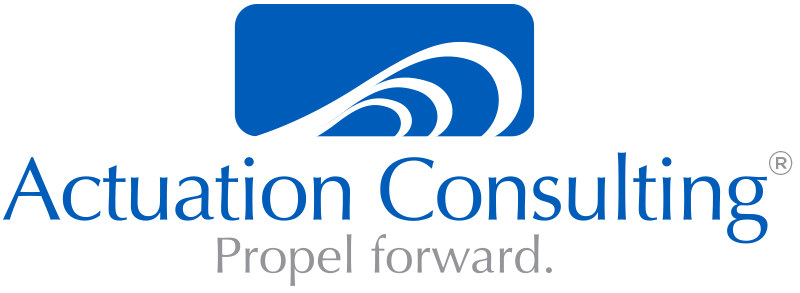In a previous blog post I went on record stating that I’m product development methodology agnostic. I believe the best method selected to produce your product is dependent upon what you’re trying to accomplish, the resources available, the skills of your team, and the goals of the organization.
As practitioners we often participate in social networking discussions related to whether Agile or Waterfall is best. What’s most amazing about these conversations – is the lack of facts. Our community discussions are often passionate. Things frequently get heated as practitioners lobby for their preferred methodologies.
I enjoy seeing folks get passionate about product development. People, who truly care, in my experience, are more likely to be successful at what they do. But passion is not a substitute for facts. Product managers, project managers, and business analysts need facts as the underpinning of their professions. If we don’t rely on facts we end up in the uncomfortable position of being perceived as subjective. Subjectivity often leads others to question our credibility.
I want to focus this week’s blog post on some facts we uncovered in our annual study of product team performance. I’m hopeful that this data will make its way into our community discussions.
One of the questions we asked in this year’s annual survey was, “Which of the following methodologies best describes the way your organization develops products?” Here’s what we found.

Product Development Methodologies from The Study of Product Team Performance,2012. Copyright Actuation Consulting. All rights reserved.
The real kicker here is that organizations are blending Agile and Waterfall together. An overwhelming 53% of organizations have taken this approach. It’s interesting to note that “pure” Agile represents less than 13% of the 607 organizations that responded. In fact, Waterfall, a term that has come to be treated as “old school,” makes up 18% of the total. More than pure Agile!
There you have it – the facts.
If you want to learn more about our views on the Agile data click here for our guest post at Planbox. Our post is entitled “Agile Adoption – More to it than Meets the Eye!”
Greg Geracie is a recognized thought leader in the field of product management and the President of Actuation Consulting, a global provider of product management consulting, training, and advisory services to some of the world’s most well-known organizations. Greg is also the author of the global best seller Take Charge Product Management. He is also an adjunct professor at DePaul University’s College of Computing and Digital Media where he teaches graduate and undergraduate courses on high-tech and digital product management.
